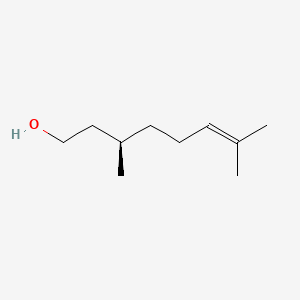| Authors | Title | Published | Journal | PubMed Link |
|---|---|---|---|---|
| Campos-GarcÃa J et al. | The branched-chain dodecylbenzene sulfonate degradation pathway of Pseudomonas aeruginosa W51D involves a novel route for degradation of the surfactant lateral alkyl chain. | 1999 | Appl. Environ. Microbiol. | pmid:10427075 |
| Nethery D et al. | Formation of reactive oxygen species by the contracting diaphragm is PLA(2) dependent. | 1999 | J. Appl. Physiol. | pmid:10444641 |
| Zhu X et al. | Cytosolic phospholipase A2 activation is essential for beta 1 and beta 2 integrin-dependent adhesion of human eosinophils. | 1999 | J. Immunol. | pmid:10477614 |
| pmid:10501019 | ||||
| Kohjimoto Y et al. | Role of phospholipase A2 in the cytotoxic effects of oxalate in cultured renal epithelial cells. | 1999 | Kidney Int. | pmid:10504495 |
| Golfman LS et al. | Lysophosphatidylcholine induces arachidonic acid release and calcium overload in cardiac myoblastic H9c2 cells. | 1999 | J. Lipid Res. | pmid:10508201 |
| Lankisch TO et al. | High-affinity cholecystokinin type A receptor/cytosolic phospholipase A2 pathways mediate Ca2+ oscillations via a positive feedback regulation by calmodulin kinase in pancreatic acini. | 1999 | Eur. J. Cell Biol. | pmid:10535305 |
| Estevez AY et al. | Hyposmotically induced amino acid release from the rat cerebral cortex: role of phospholipases and protein kinases. | 1999 | Brain Res. | pmid:10536255 |
| Kim JH et al. | Cytosolic phospholipase A2-mediated regulation of phospholipase D2 in leukocyte cell lines. | 1999 | J. Immunol. | pmid:10553072 |
| Hanasaki K et al. | Purified group X secretory phospholipase A(2) induced prominent release of arachidonic acid from human myeloid leukemia cells. | 1999 | J. Biol. Chem. | pmid:10567392 |
beta-Citronellol
Beta-citronellol is a lipid of Prenol Lipids (PR) class. The involved functions are known as Glycolysis.
Cross Reference
Introduction
To understand associated biological information of beta-Citronellol, we collected biological information of abnormalities, associated pathways, cellular/molecular locations, biological functions, related genes/proteins, lipids and common seen animal/experimental models with organized paragraphs from literatures.
What diseases are associated with beta-Citronellol?
There are no associated biomedical information in the current reference collection.
No disease MeSH terms mapped to the current reference collection.
PubChem Associated disorders and diseases
What pathways are associated with beta-Citronellol
There are no associated biomedical information in the current reference collection.
PubChem Biomolecular Interactions and Pathways
Link to PubChem Biomolecular Interactions and PathwaysWhat cellular locations are associated with beta-Citronellol?
There are no associated biomedical information in the current reference collection.
What functions are associated with beta-Citronellol?
Related references are published most in these journals:
| Function | Cross reference | Weighted score | Related literatures |
|---|
What lipids are associated with beta-Citronellol?
There are no associated biomedical information in the current reference collection.
What genes are associated with beta-Citronellol?
There are no associated biomedical information in the current reference collection.
What common seen animal models are associated with beta-Citronellol?
There are no associated biomedical information in the current reference collection.
